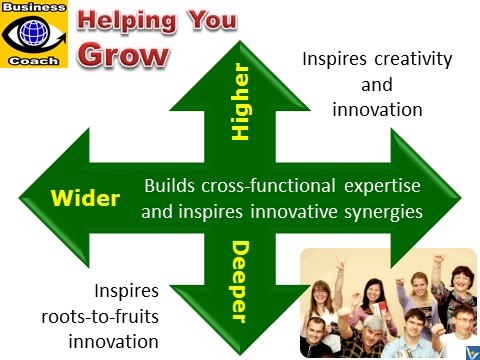| |
User Experience Defined
User Experience (UX)
is about individual’s perceptions, emotions and
responses that result from using a utility – a
website, product,
service,
interaction platform, complex solution, system and other user-focused
solutions.
|
|
 |
| |
Higher
Wider
Deeper
This is how this inspirational
KoRe e-Coach creates an outstanding
growth-focused
value and great user
experience...
More |
|
 |
|
WOW! This is one of the best website I ever seen, it
become one of my daily routine website, it is a very informative and
helpful website specially when it comes to
business. |
Ralph Khan |

USA |
|
I am using your
e-Coach (1000ventures.com) and
e-courses for 10 years from now. They are truly very helpful and hats off to
the variety of subjects included. |
Arti |

India |
|
Your e-Coach is very informative and easy to learn. It prompts me to look broader and inspires new ideas. Hardly
any assignment I ever submit without exploring your site. Keep up the
good work.
|
Syed Abbas |

UK |
|
I have visited
your e-Coach's website many
times and I must say that I am most impressed with the tons of useful
insights, success tips, advice and
impressive PowerPoint slides you
have out up at your website. This is an indication of your
professionalism and willingness to share.
|
Wendy Kwek |

Singapore |
|
I visited your website and checked out the demo
training and find them fascinating. I have been searching for training
resources tailored to meet the knowledge requirements of
Corporate
Executives in my part of the world and I think
your products are the answer.
|
Emmanuel Ediau |

Uganda |
|